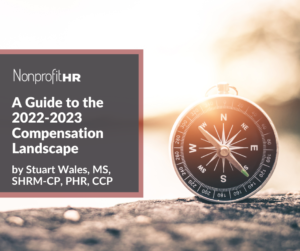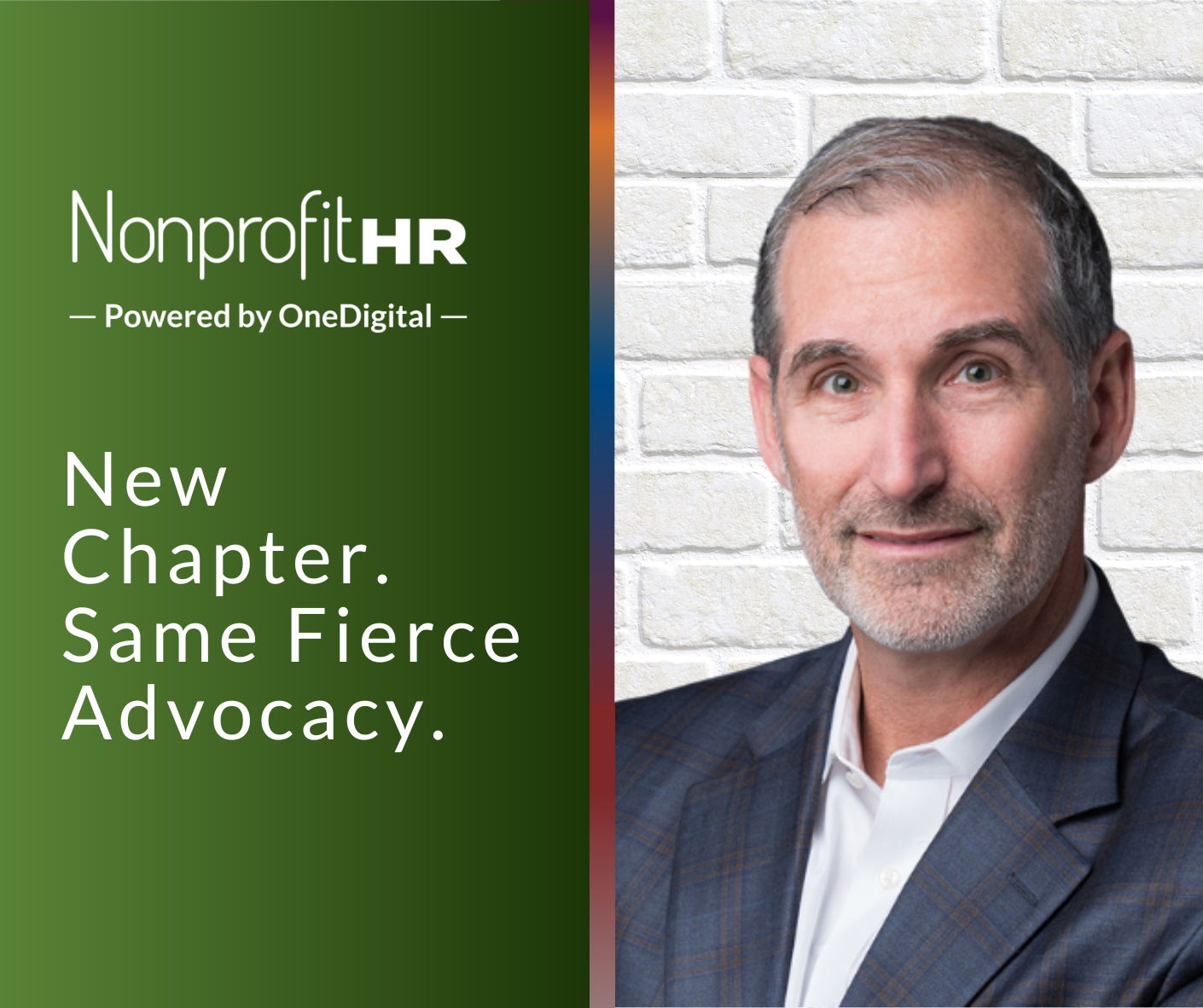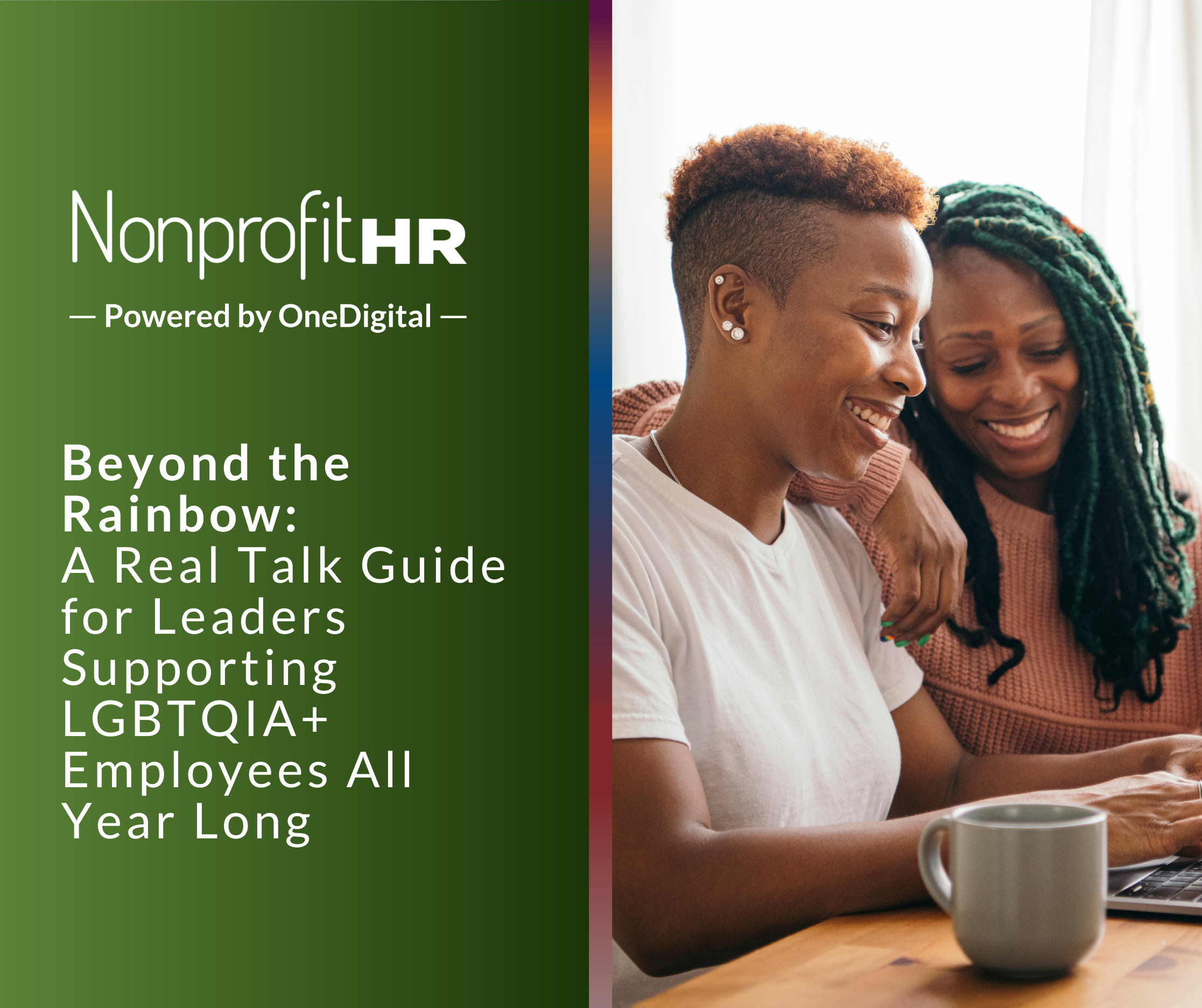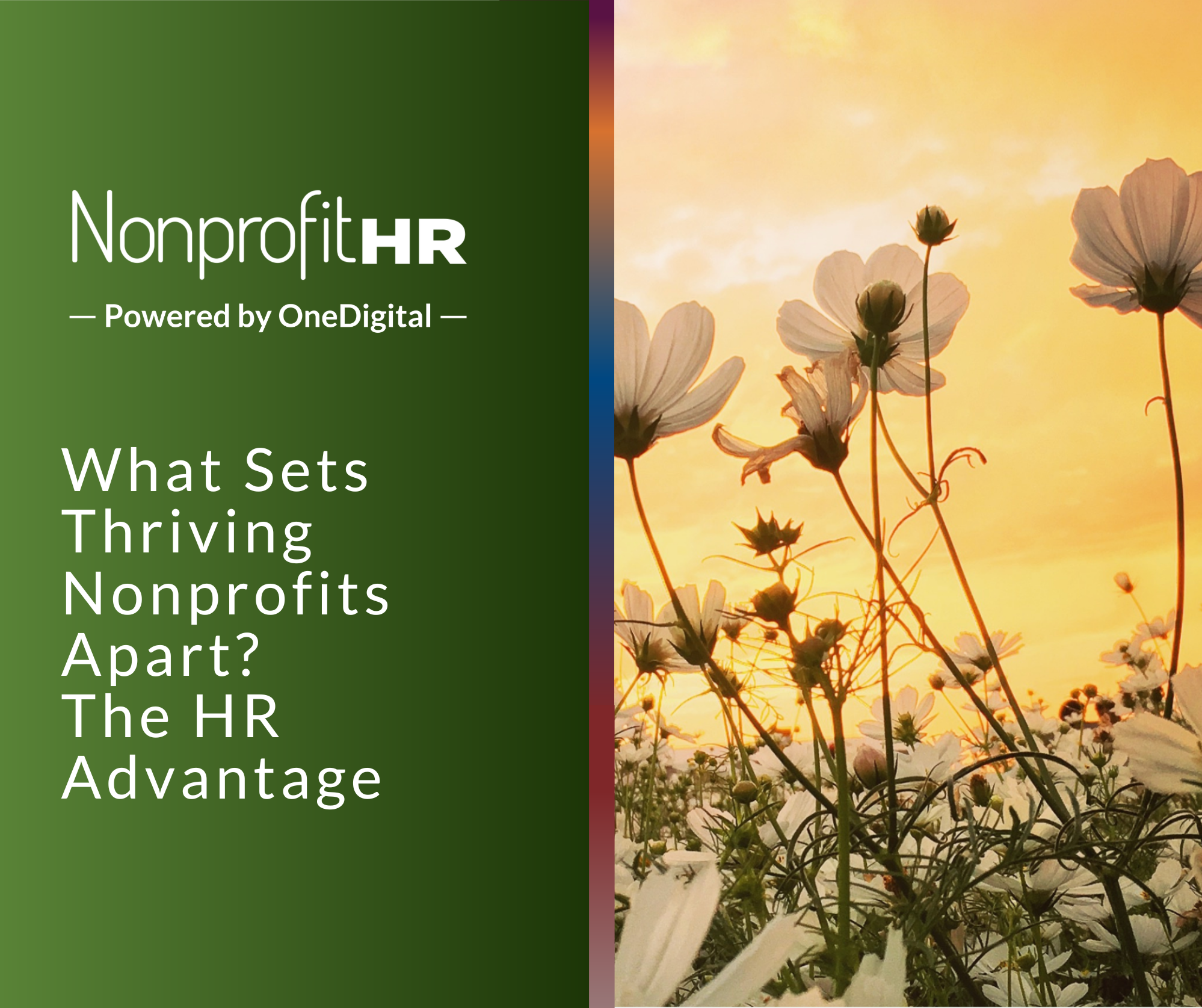WTOP: 5 ways nonprofits can…
Nonprofit HR is pleased to offer our guidance to the current compensation landscape. We hope this article will provide tools and guidance for your organization as you plan your budgets and decide your approach to your total rewards policies and practices for the upcoming year.
Current Landscape
Movement in the labor market continues to be strong with a trend toward “full employment” in the U.S. overall and wages likely to continue to increase. Employers’ ability to attract and retain talent will continue to be a challenge. According to the PayScale 2022 Turnover Report, 63% of nonprofit organizations have experienced labor shortages or more trouble attracting talent and 39% reported that voluntary turnover was higher in 2021 than in previous years. The Willis Towers Watson (WTW) Salary Budget Planning Report (May 2022) found that participating employers continue to face challenges with attraction and retention (94% and 89%, respectively), though fewer respondents expected to have those same challenges in 2023 (40% and 60%, respectively).
The same survey from WTW found that respondents’ salary budgets are expected to increase with two-thirds of participating employers budgeting 4.1% increase for employee raises in 2023 compared with the 4.0% actual increase experienced in 2022. Just under half the respondents reported no changes to their salary budgets from previous years. According to the WorldatWork Salary Budget Survey 2022-2023 (September 2022), organizations are projecting a median 4.0% increase to their salary budgets, which represents a 0.2% increase from actual salary expense in 2022 despite the original projected increase budget of 3.0% for 2022. About two-thirds of participating employers in this survey were moderately, very or extremely certain of their salary increase budgets projections. Participating employers in the WTW survey cited the continued tightening of the labor market as the main driver for higher salary budgets, with 73% reporting it as their top factor.
Inflation has added another layer of complexity as employees experience less purchasing power than they had just a year ago. Overall wages have not kept up with the rising cost of goods and services. According to Pearl Meyer, a survey of 300 large employers in May 2022 found that base pay salary growth only increased an average of 4.8% while the U.S. inflation rate topped out at 9.1% in June 2022 before coming down to 7.7% in October 2022.
A Society for Human Resources Management (SHRM) survey conducted in May 2022 found that 73% of HR professionals surveyed indicated that inflation was a concern at their organization, while 8% did not find it to be a concern. Of those who said it was a concern, 76% at small organizations (fewer than 100 employees) stated that inflation is being considered or accounted for in annual pay raises, and 65% at medium organizations (100 to 499 employees) stated that inflation was being considered or accounted for in annual pay raises.
Nonprofit HR researches the social impact sector in a variety of talent management priority areas. According to the 2022 Nonprofit Talent Management Priorities Survey Results, 65% of organizations responded saying they were prioritizing total rewards in 2022. The survey also showed that 42% were focused on correcting/addressing pay/benefits inequities. One of the practitioners responding to the survey commented on prioritizing total rewards in 2022, saying that, “Due to the pandemic, we have limited budgets and are working hard to replace lost staff at the current time.” In terms of expansion versus limiting programs, 48% were expanding benefits program offerings/investments, while 51% were implementing/restricting merit-based pay programs.
Leadership Considerations
Focus on Cost of Labor
Organizations should continue to focus on cost of labor and not cost of living. Cost of living is the market value of goods, such as housing, food and fuel. The two are related but also quite different. Cost of labor is how expensive it is to hire people in an area—not how expensive it is to live in that area. Organizations should keep in mind that inflation is short-term while base pay increases are more permanent. Inflation has been low for the last decade with most salary budget increases trending above the inflation rate. Employers experienced a similar situation and set of choices in 2008 with the Great Recession. Restraint is recommended in how much an organization should add to their overall salary budget to prevent longer-term consequences of paying more than an organization’s desired market position.
Salary Increase Budget
A larger budget on salary increases alone is not strictly enough to address attraction and retention challenges. The continued surge in labor mobility and the added complication of inflation continues to play out in new and unexpected ways, prompting employers to be creative and comprehensive with not just their total rewards strategy, but their overall approach to talent. The WTW survey (May 2022) indicated that many employers are taking non-monetary actions to attract and retain talent, including increasing workplace flexibility, placing a broader emphasis on diversity, equity and inclusion efforts, and making changes to improve the overall employee experience. Half of respondents also indicated that they would continue to leverage sign-on bonuses.
Key Takeaways for Organizations:
- Consider implementation of off-cycle increases, including promotions, pay equity adjustments and hot skills adjustments.
- Examine the total pay mix and leverage the entire compensation tool kit, including sign-on, retention, referral and project bonuses, among other options, to attract, engage and retain key talent.
- Consider using highly leveraged non-financial rewards such as career development, recognition and the providing of meaningful work.
Revisit Compensation Philosophy
Organizations may need to revisit their compensation philosophy more frequently as the market continues to shift and as needs change. The uncertainties of the market have hampered employers’ ability to plan, requiring employers to be more agile in their approach to compensation and to not just wait to act once a year with a focal-point review.
Education and Communication
Organizations may also need to do more education with staff around basic economics and labor markets. Employees can look up just about anything online, including “real-time” data, and believe that the organization’s pay policies and practices are not keeping up with the market. It is important that organizations not underestimate the importance of this type of educational effort.
Frequency of Refreshing Market Data
With the understanding that cost of labor continues to be volatile, Nonprofit HR recommends that organizations review market ranges or compensation structures every one to two years to account for new trends in the labor market. Previous guidance given to clients and a good general rule of thumb was to review market ranges or compensation structures at least every three years. However, the pandemic, among other factors, has made markets more unpredictable. Organizations may be tempted to simply apply a percentage increase to their current salary structures. However, this is not strictly recommended, since a percentage increase to the ranges of a compensation structure does not necessarily reflect the shift in the cost of labor within the market. That figure may be used as a quick way to estimate what the overall cost of labor might be. However, overall market value is more complex, and the reality is that some jobs may decrease in market value while others increase at rates that far surpass an initial budget planning figure.
Participate in Salary Surveys
Lastly, Nonprofit HR recommends that organizations participate in multiple salary surveys relevant to the nature of their mission and status as a nonprofit. While this can be a time-consuming process, particularly for the first time with a new vendor, completing this step can offer a valuable contribution to the sector. Participation in this process helps to ensure that surveys have the broadest range of data available to accurately report on the market worth of the jobs that they examine, and thus strengthens the common understanding of the market and the range of pay practices implemented by survey respondents within their respective organizations.
Get the Latest Data on Nonprofit Talent Management Priorities for 2023
The 2023 survey data will be revealed during the live webinar on Tuesday, January 23, 2022, at 2:00 p.m. ET. Sign up now for the chance to be among the first to access this brand-new data. The live webinar will include insights from Nonprofit HR’s talent management experts, as well as time for participants to ask their own questions to the presenters. Click here to register for this virtual event.
Contributing Author
Stuart Wales, MS, SHRM-CP, PHR, CCP, is an HR technology advocate, working with clients to leverage solutions that align not only with their current needs but also their strategic needs for the future. Focusing on improved employee experiences, Stuart works with clients to streamline and adapt existing processes and HR programs from a technology lens to transform HR into a strategic partner with the organization and improve mission outcomes. Read full bio.































